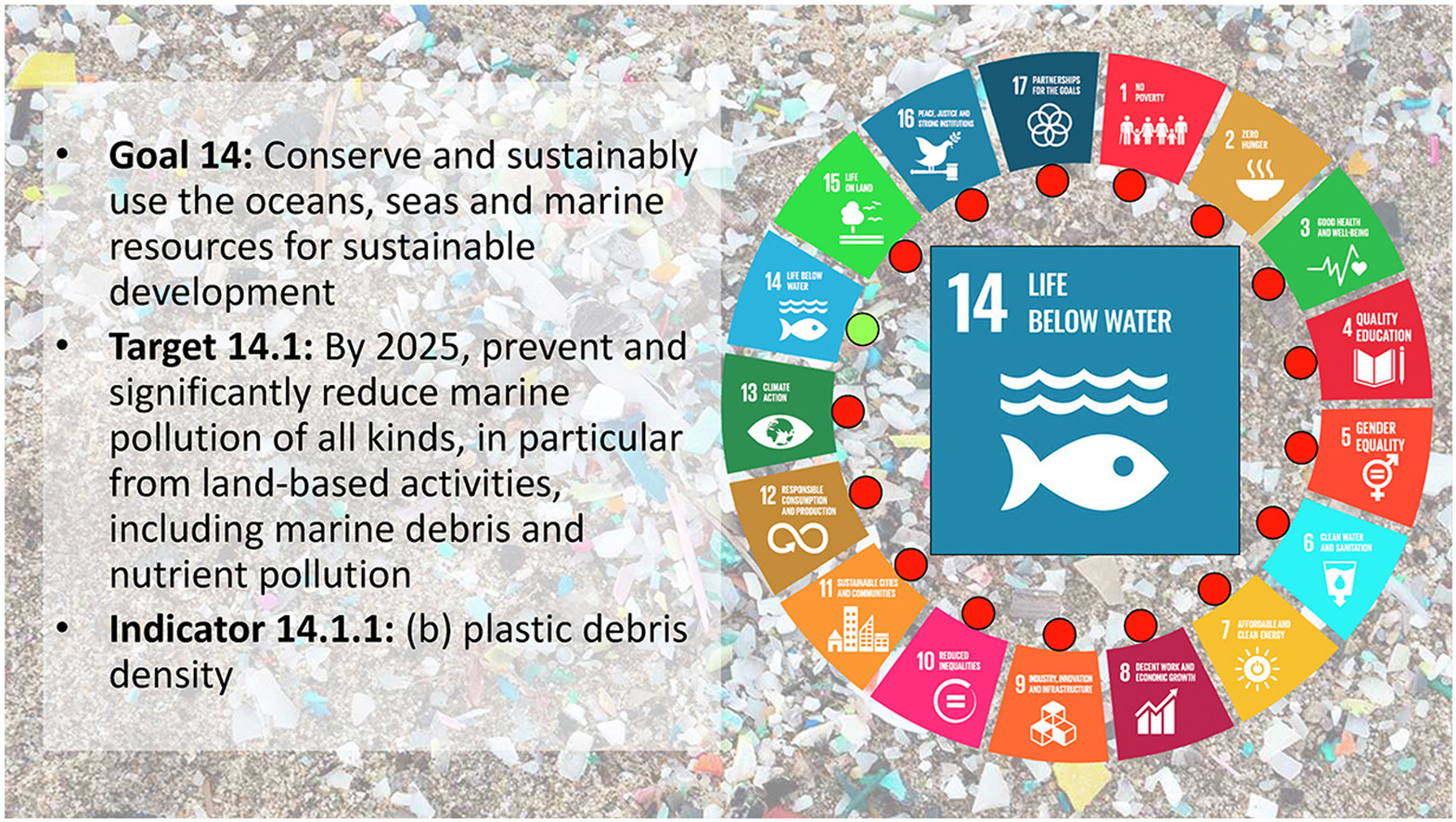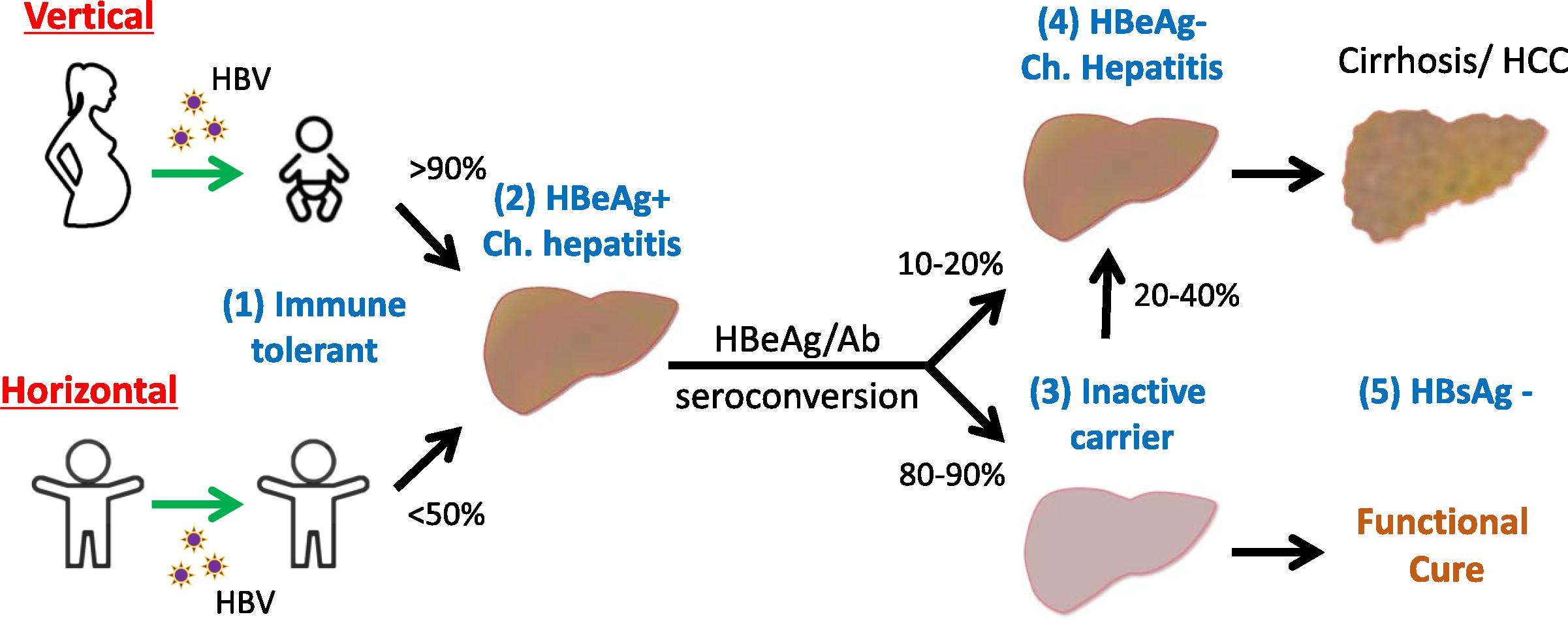Since the launch of the United Nations (UN) Sustainable Development Goals (SDGs) in 2015, the SDGs have been widely adopted by governments and corporations in an effort to improve their sustainability. There are 17 SDGs, comprising 169 targets, which are measurable against 247 unique indicators. Despite pervasive global pollution from (micro)plastics, there is only one indicator (14.1.1b) under Goal 14, specifically related to reducing impacts from (micro)plastics.
Change the paradigm in medical education: "the climate change generation"
Background: Gender differences in life expectancy and societal roles have implications for a country's capacity to support its older population. Specifically, the longevity risk associated with longer life expectancy of women, with greater risk of morbidity entails different needs between genders in older age.
Digital health, including the use of mobile health apps, telemedicine, and data analytics to improve health systems, has surged during the COVID-19 pandemic. The social and economic fallout from COVID-19 has further exacerbated gender inequities, through increased domestic violence against women, soaring unemployment rates in women, and increased unpaid familial care taken up by women—all factors that can worsen women's health. Digital health can bolster gender equity through increased access to health care, empowerment of one's own health data, and reduced burden of unpaid care work.
This study examines whether ethnic minorities in general and Asian minorities in particular have perceived an increase in discrimination during the COVID-19 pandemic, a phenomenon known as COVID-19–associated discrimination (CAD). Drawing on the CILS4COVID data, which were collected among 3,517 individuals in the initial phase of the pandemic (mainly between April and June 2020), we demonstrate that especially Asian minorities (n = 80) report instances of CAD.
This Viewpoint describes a feminist intersectionality framework to tackle digital health's gender inequities and provide recommendations for future research.
A 24-hour waste audit in the Emergency Department of a suburban community hospital to identify waste content, estimate environmental impact and explore avenues for improvement in waste disposal.
Nature prescription for planetary health
Hepatitis B (HB) vaccination plays a significant role in controlling HBV infection. Different immune mechanisms govern anti-HBs acquisition, titer, and maintenance. Host pre-vaccination immunological status could be targeted for vaccine efficacy.
An Editorial on the effects of the COVID-19 pandemic on childhood obesity, in the context of SDGs 3 and 12, highlighting the need for governmental and commercial action advocating for healthier nutrition and intersectional collaboration between health and education sectors.


